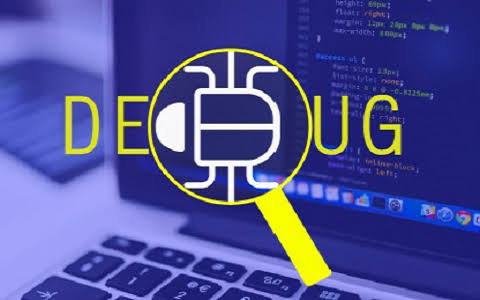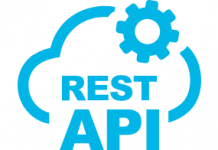1. Understand the Problem:
Before diving into the code, ensure you have a clear understanding of the problem. Reproduce the issue consistently to identify patterns and gather relevant information. A precise problem statement is the first step towards a solution.
2. Use Logging Wisely:
Incorporate meaningful log statements in your code to track the flow and values of variables. Log messages help create a timeline of execution, making it easier to pinpoint the location of issues. Use log levels to control the verbosity of your logs.
3. Leverage Debugging Tools:
Take advantage of the debugging tools provided by your integrated development environment (IDE) or text editor. Set breakpoints, inspect variables, and step through the code to understand its execution flow. Familiarize yourself with the debugger features specific to your programming language.
4. Divide and Conquer:
If dealing with a large codebase, narrow down the scope of your investigation. Isolate the problematic section and break it into smaller, manageable pieces. Focus on debugging one module at a time to prevent feeling overwhelmed.
5. Version Control:
Utilize version control systems like Git to track changes in your code. If a bug arises, you can easily identify the commit that introduced it. Branching allows you to experiment with potential fixes without affecting the main codebase.
6. Unit Testing:
Write comprehensive unit tests for your code. A well-structured test suite can catch regressions early and validate the correctness of individual components. Continuous integration tools can automate the execution of tests whenever changes are made.
7. Rubber Duck Debugging:
Explaining your code or problem to someone else (or even an inanimate object like a rubber duck) can help you see it from a different perspective. This process often triggers insights and can lead to a breakthrough.
8. Error Messages and Stack Traces:
Pay close attention to error messages and stack traces. They provide valuable information about the nature and location of the issue. Google the error message if needed, as chances are others have faced a similar problem.
9. Code Reviews:
Engage in code reviews with colleagues. A fresh pair of eyes can spot issues you might have overlooked. Constructive feedback not only improves the code quality but also helps in identifying potential bugs.
10. Stay Calm and Persistent:
In conclusion, effective debugging is a skill that evolves with experience. By incorporating these tips into your workflow, you can streamline the troubleshooting process and become a more efficient and confident developer.
Remember, every bug you encounter is an opportunity to enhance your coding skills and contribute to the improvement of your software projects. Happy debugging!












